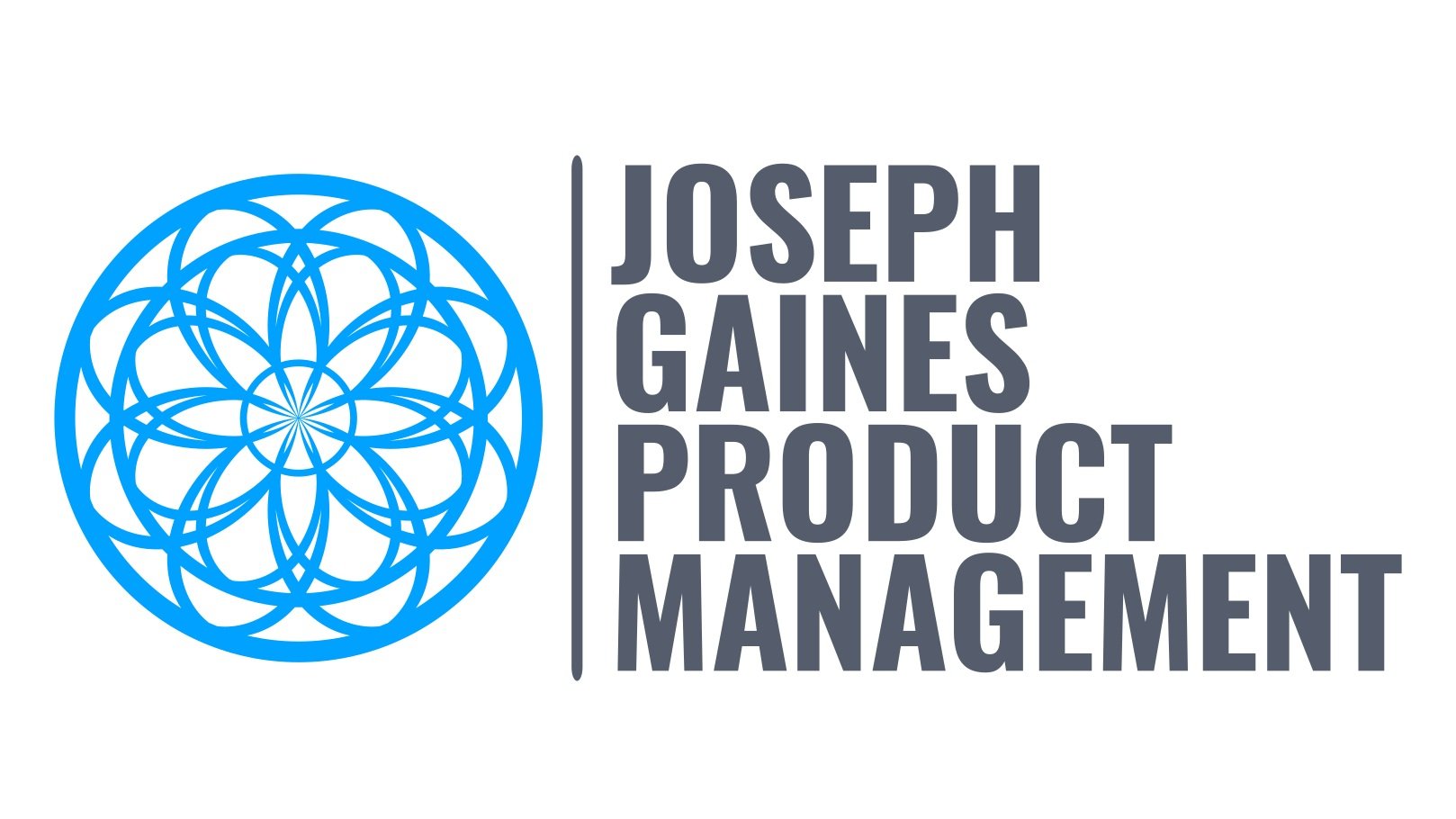The Ballad of Ørsted and the Bay State Wind Project
Image: Ørsted
The transition of Ørsted, the Danish multinational energy company, from gas exploration to an offshore-wind-focused renewables behemoth was already well underway by the time the company’s U.S. General Manager Thomas Brostrøm was considering a response to the State of Massachusetts’ RFP for offshore wind projects in September of 2017.
But in its series of various partnership structures in the years prior, Ørsted (which had hitherto primarily built projects in Europe and the U.K.) had learned that, in order for it to be successful with offshore wind, it needed to build at considerable scale. The United States, with its tiny amount of existing offshore wind, was truly a greenfield opportunity: favorable geography (especially along the relatively shallow East Coast continental shelf), strong winds, a regulatory apparatus set up and ready to go at both the state and federal levels, and finally shifting political and cultural winds made offshore wind at utility scale in the U.S. Northeast a more viable prospect than it had been previously.
By the time Ørsted arrived on the scene, key government stakeholders like Governor Baker and Rep. Haddad were ready and waiting to take a chance on the right projects, and Bay State Wind certainly seemed to be one that would fit the bill. And for Ørsted, Massachusetts’ RFP was the opening they had long been waiting for, as well.
Around 2009 Ørsted was both pulled toward the tantalizingly “green” (as in not yet built up) American offshore wind market, as well as pushed away from Europe. There, the combination of decreasing gas prices, a poor competitive stance against cheap hydro power in the Nord Pool electric market, and the realization that their early lead in offshore wind was being threatened by new market entrants all conspired to make Europe look like it just wasn’t going to be enough to set Ørsted up for success in the long term.
So it’s not surprising that they dove in headfirst and expended considerable resources just in trying to get themselves properly set up in the U.S. in anticipation of when the right moment might come along. The Massachusetts bid was that moment, and Ørsted was highly motivated.
The risks, however, were not insignificant: an unfamiliar cultural and regulatory space in which to do business, a project development climate fueled less by environmental issues than by market fundamentals, as well as the lack of a local supply chain for offshore wind.
The Ørsted team, however, mitigated these risks by both leaning into their strengths and also by moving rather carefully into this new business environment, smartly picking up as much support from various and sundry stakeholders as they could along the way. Both the company’s prior successes in Europe and the in-house, off-shore development expertise they had either built or bought in recent years gave them confidence that they could succeed whether others might have failed.
They also leaned heavily on their Eversource partners, whose American regulatory and cultural expertise as “the locals” likely helped smooth over any number of potential missteps Ørsted might have otherwise made in the process.
The amount of complexity inherent in this project – especially for a foreign company like Ørsted – would have (or should have) been daunting for any potential comers who were paying close attention to the risks. But the Ørsted team managed much of the early and middle phases of this project with aplomb.
Where they fell short was having lost (or having never found?) their Power Purchase Agreement. By 2023, unfortunately, the Bay State Wind project was ultimately undone for lack of a offtake buyer.
Not to be deterred, however, Ørsted is moving ahead with two new projects, Revolution Wind and South Fork Wind, both in the same area where Ørsted’s ill-fated first venture would have been built, instead.
By the time the Massachusetts RFP offer came about, Ørsted had already established a legal presence in the United States and was thereby ready to dive in at the right time.
However, given that there were already competitors like BNE Wind and Statoil waiting in the wings and ready to make their own proposals in the same area in March of 2017, Ørsted would not have had much reason to wait, regardless. The chances of a competitor simply swooping in and taking Ørsted’s “spot,” as it were, were high.
The Bureau of Ocean Energy Management had opened up this specific set of parcels and, given the general caution with which companies and regulators were moving in this space, there was no guarantee that many more parcels (if any) would still be available or auctions scheduled that would have again aligned so neatly with company’s resources, goals, and timing.
In such an environment – and even now knowing that Bay State Wind ultimately failed as a project due to lack of a PPA – it’s hard to see how Ørsted would have benefited from any kind of substantial delay. Besides, Ørsted is now firmly established in Massachusetts, Rhode Island, New Jersey, and elsewhere as a true competitor in the American offshore wind industry.
Ørsted lost a project, but gained a market.
Sources:
Case study: “Ørsted Goes Global” (Bower/Corsi)
Bay State Wind opens New Bedford office in wind power bid (Cape Cod Times)
Ørsted Bay State Wind Press Release
Bay State Wind plans more than $2 million in environmental research grants
© Copyright 2023 Joseph Gaines - All Rights Reserved



